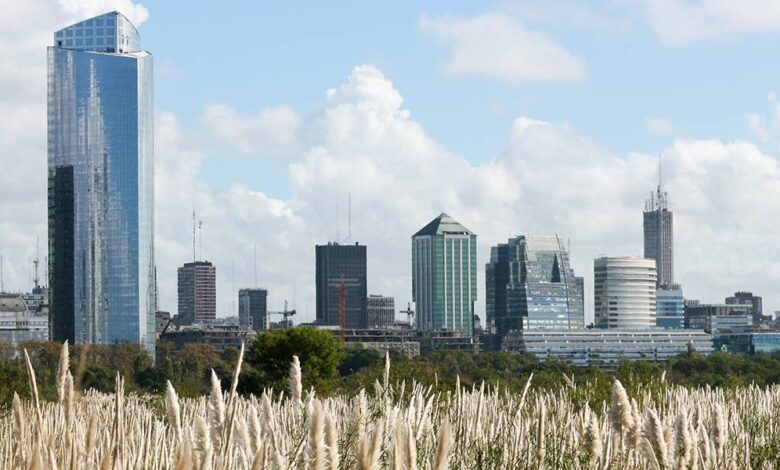Buenos Aires

Buenos Aires is the capital city of Argentina and since 1994 the city has had autonomy status. Buenos Aires is the birthplace of the current pope, Francis (former Archbishop of Buenos Aires), and Queen Máxima of the Netherlands.
It is a famous tourist destination and is among the cities with the highest quality of life in Latin America. Due to immigration, its architecture is a mix of styles of Art Deco, Art Nouveau, Neo-Gothic, and French Bourbon.
The city is located on the western shore of the Río de la Plata, on South America’s southeastern coast. “Buenos Aires” can be translated as “fair winds” or “good airs”, but the former was the meaning intended by the founders in the 16th century, by the use of the original name “Real de Nuestra Señora Santa María del Buen Ayre”, named after the Madonna of Bonaria in Sardinia, Italy. Buenos Aires is classified as an alpha global city, according to the Globalization and World Cities Research Network (GaWC) 2020 ranking.
Having little colonial architecture and few landmark buildings, Buenos Aires is chiefly a city of distinctive neighbourhoods that have their own meeting places, generally coffeehouses or bars. This is a tradition rooted in the colonial period when the centre of each neighbourhood was a general store and bar known as a pulpería.
| Country | Argentina |
|---|---|
| Established | 2 February 1536 (by Pedro de Mendoza) 11 June 1580 (by Juan de Garay) |
| Government
|
|
| • Type | Autonomous city |
| • Body | City Legislature |
| • Mayor | Horacio Rodríguez Larreta (PRO) |
| • National Deputies | 25 |
| • National Senators | |
| Area
|
|
| • Capital city and autonomous city | 203 km2 (78 sq mi) |
| • Land | 203 km2 (78.5 sq mi) |
| • Metro
|
4,758 km2 (1,837 sq mi) |
| Elevation
|
25 m (82 ft) |
| Population
(2021 estimate)[4]
|
|
| • Rank | 1st |
| • Density | 14,793/km2 (38,310/sq mi) |
| • Urban
|
3,003,000 |
| • Metro
|
15,624,000 |
| Demonyms | porteño (m), porteña (f) |
| Time zone | UTC−3 (ART) |
| • Summer (DST) | UTC−2 (ARST) |
| Area code | 011 |
| HDI (2019) | 0.882 Very High (1st)[5] |
| Website | www |
Climate of Buenos Aires
The temperate climate of the city is characteristic of the Río de la Plata’s coastal plain. The city is hot and humid during the summer months of December to March, with temperatures in the low to mid-80s (about 28 °C). Autumn and spring are characterized by fluctuating temperatures and quickly changing weather. The winter months of June to September are mild but humid, with mean temperatures in the low 50s F (about 11 °C).
The average annual temperature is about 60 °F (16 °C). Frosts occur from May to September, but snowfall is extremely rare. Winds are generally of low velocity and are more frequent during the season of electrical storms, between September and March. Rainfall is heaviest in March. The average annual rainfall is about 45 inches (1,140 mm).